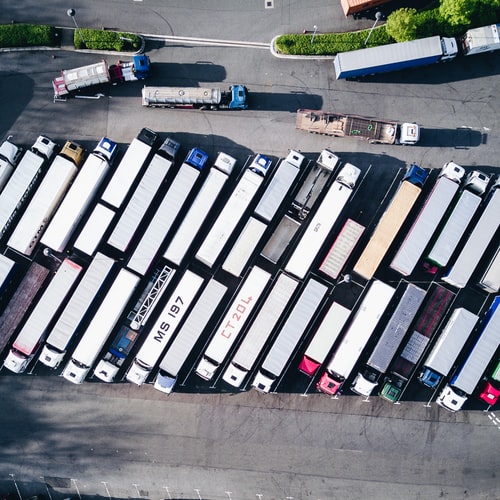
Written for tgal.us by guest contributor Jem Breem
Last year was a great year for the logistics and transportation industry around the world. In the US alone, an SJ Consulting Group estimate of transportation trends puts packages delivered domestically at around 8.6 billion. The staggering growth of e-commerce and increased domestic spending has led to this unprecedented boom in logistics companies and given rise to new trends in logistics. This is despite some of the industry’s risks and roadblocks, including increased tariffs and changing market regulations.
As we enter a new decade, digital transformation continues to drive growth in the industry and impacts the effectiveness of emerging transportation trends. The introduction of new technologies and business processes has restructured the way logistics and transportation have operated. This trend in logistics analysis will likely continue beyond 2023, especially as technological innovation will lead to sustained growth.
This article will look at the top transportation trends that will likely shape the logistics and transportation industry this year and beyond.
Artificial Intelligence and Big Data
The use of data in planning and managing trends in logistics will continue to be the driver of innovation in the industry. Logistics and transportation companies are already integrating machine learning algorithms in their systems to improve routes and, to an extent, predict demand in specific markets. Beyond 2023, organizations will continue to increase their use of AI and Big Data, which has the capacity for advanced geocoding abilities, route optimization, demand prediction, warehouse automation, and more. One innovative new transportation trend logistic companies will look more closely at is digital twin technologies, which is when a digital replica of a physical entity is created to be analyzed. With this, enterprises in the supply chain can plan delivery routes and networks efficiently, prepare for problems before they even occur, speed up operations, and even plan activities for the future.
Visibility and Anti-Theft GPS
Retailers and e-commerce companies are now focusing on increased visibility as direct-to-consumer marketing takes center stage this year. One of the hottest new transportation trends is tracking technology. Using tracking will continue to evolve to reflect the increasing demand of consumers for increased traceability and visibility along logistics routes. A feature by Verizon Connect on anti-theft GPS details how it can give near real-time locations for entire fleets. This, in turn, will “save on fuel and labor costs, automate tasks and improve fleet efficiency and overall productivity.” The added security protocols will also help organizations deter losses across the board. Similarly, B2B logistics are turning to blockchain technology to improve visibility and traceability. Transportation locations and conditions can be stored securely by leveraging the enhanced security and immutability of data in distributed and decentralized ledgers.
5G and Self-driving Fleets
While the rollout of fifth-generation (5G) wireless connectivity might take a while to fully implement across the logistics industry, some of its applications are already showing up in logistics trends. Self-driving fleet startups are beginning to pop up and are increasingly becoming a popular investment opportunity for the industry. In fact, it has been revealed that UPS has already been using autonomous vehicles during their deliveries. While they use internal computer capabilities today, the broad installment of 5G will catalyze the adoption of these self-driving fleets, which will only increase as this year and the following decade go on.
Electric and Green Logistics
Another key transportation trend shaping industries today is the increased demand for sustainability, and the logistics industry is not exempt from this. Innovations like electric trucks are at the helm of this development. As nation-states and industries vow to cut down on carbon emissions, the logistics industry will be overhauled to meet these targets. Already, organizations are shifting to regionalized supply chains – shorter routes for shipments and Roll on Roll off cargo ships – to decrease emissions.
“Elastic” Logistics
The introduction of just-in-time manufacturing has also changed how logistics are viewed and developed. The ability of today’s manufacturing and fulfillment industries to contract and expand based on demand has also forced logistics companies to become more agile and nimble. Beyond this year, large-scale “elastic” or on-demand logistics trends will be the norm rather than the exception.





